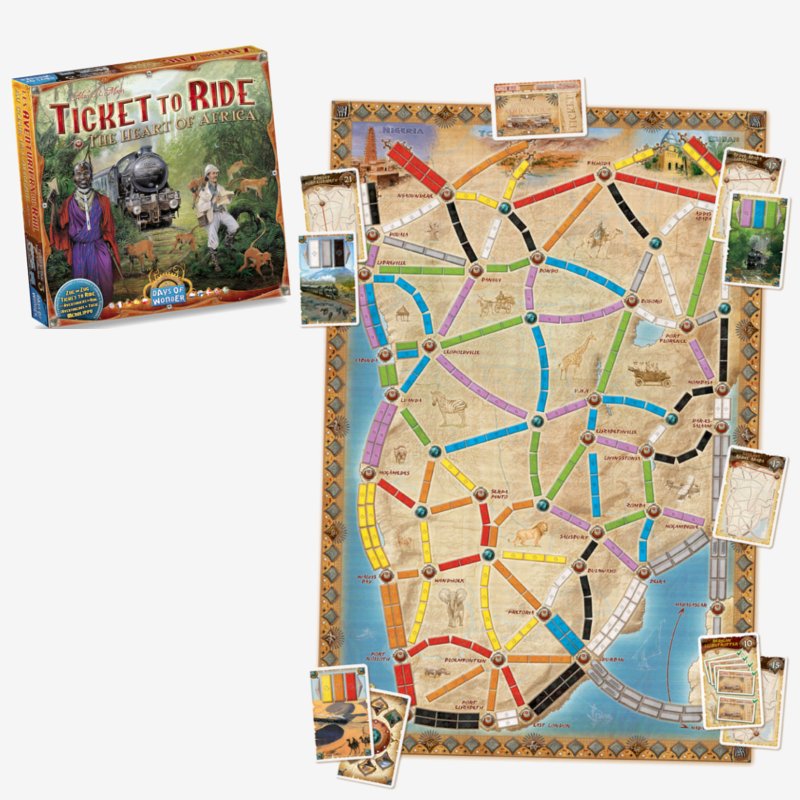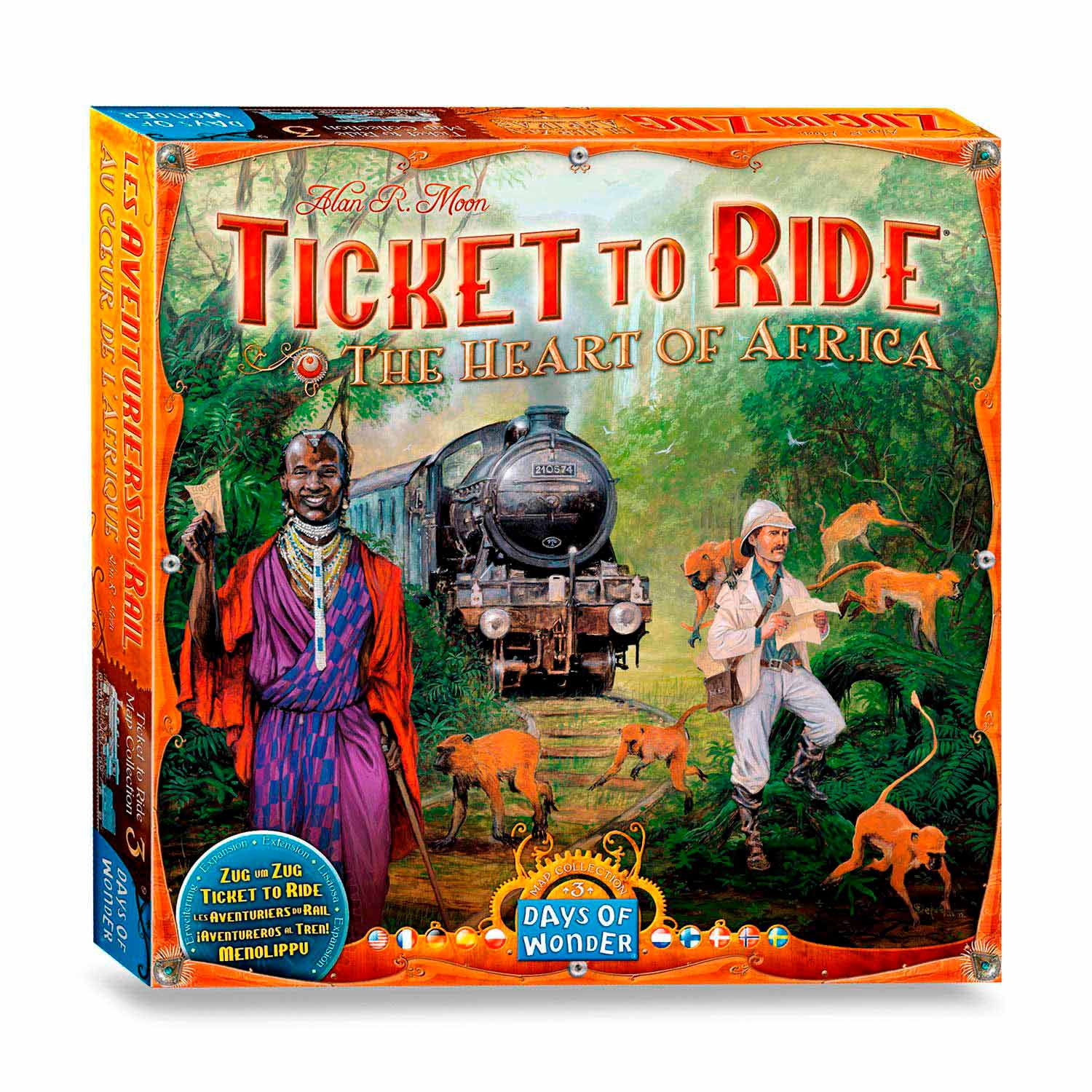
These coin bonuses are balanced by the multitude of destination tickets with large point values: six of them are worth 29+ points while another seventeen are worth 17-26 points. If you've taken a loan, however, you're ineligible for this bonus scoring, so players have an incentive to build early and often.


In a five-player game, for example, the player with the most coins scores a 55 point bonus the 2nd place player scores 35 points, and the other players 20, 10 and 0 points. In addition to helping you avoid loans, coins matter because at game's end, players receive a bonus based on how many coins they hold relative to everyone else. Players start the game with 30 coins, and if you can't pay a toll, you must take a loan card to cover the fare, with each loan costing you 5 points at the end of the game. On a single route or the first track of a double route, the player pays this toll - which costs 1-4 coins - to the bank on the second track of a double route, the player pays this toll to the player who built the first track. Second, every route - whether double or single - has a bridge toll that a player must pay when building on that route. Both of these routes are in play no matter how many players are in the game. First, nearly every route on the game board is a double-route, with two tracks connecting cities. The basics of TtR gameplay remain the same as always - players collect train cards in order to claim routes between pairs of cities with the overall goal of completing tickets they hold in hand - but Ticket to Ride: Nederland twists this gameplay in two ways. Ticket to Ride Map Collection: Volume 4 - Nederland contains a new game board with new rules for use with Ticket to Ride or Ticket to Ride: Europe with players now creating train lines in the Netherlands. The year before this map's release, South Sudan had declared independence, which likely explains this.PLAYERS 2 to 5 | MINUTES 30 to 60 | AGE 8+ Fachoda and the junction approximately in Juba do not count as Sudan, despite them being within Sudan in 1910.The junction south-east of Fachoda is today Juba, though this was a minor outpost on the Nile until the 1920s when a church and governmental buildings were established there.The junction south-east of Leopoldville (Kinshasa) may be interpreted as Luluaburg, the 1910 name of Kananga (while Mbuji-Mayi is also nearby, and is today more populous, it did not exist in this time period). At the start of the game, each player receives 1 random Terrain card, in addition to his 4 Destination Tickets and 4 Train Car cards.The junction south of Bondo may be interpreted as Stanleyville, the 1910 name of Kisangani.The junction north of Bangui may be interpreted as Fort Crampel, the 1910 name of Kaga-Bandoro.Despite this, some towns that do appear are very minor compared to most other cities on the map (< 5,000 inhabitants) such as Port Nolloth, Bogoro, Livingstonia, and Kodok, however these may have been added for their fame/infamy. Strangely, Lusaka, Dodoma, Nairobi, Kampala, all major capital cities, are omitted, with junctions placed near their location, except for Kampala, which is superceded by the very minor Congolese village of Bogoro. The map includes junctions, or nameless cities, normally due to lack of major towns in certain areas.Interestingly, Mocamedes became Namibe but is now Mocamedes again as of 2016. For example, Serpa Pinto is called Menongue since 1975. As with some previous maps, historical names from the colonial era are used for cities.However, Kisumu was only known as Port Florence between 19. According to the rulebook, the map is set in 1910.Will you bolster your terrain surveying skills and local knowledge to try and establish more valuable routes – or dare to dash across the continent in a mad race to cut the game short? Venture into the Heart of Africa to build routes through some of the continent’s most remote and desolate locales. The board is color-coded into Jungle (Cold colors), Desert (Warm colors), and Mountain (Grayscale) routes.A Central African themed map and corresponding tickets.


 0 kommentar(er)
0 kommentar(er)
